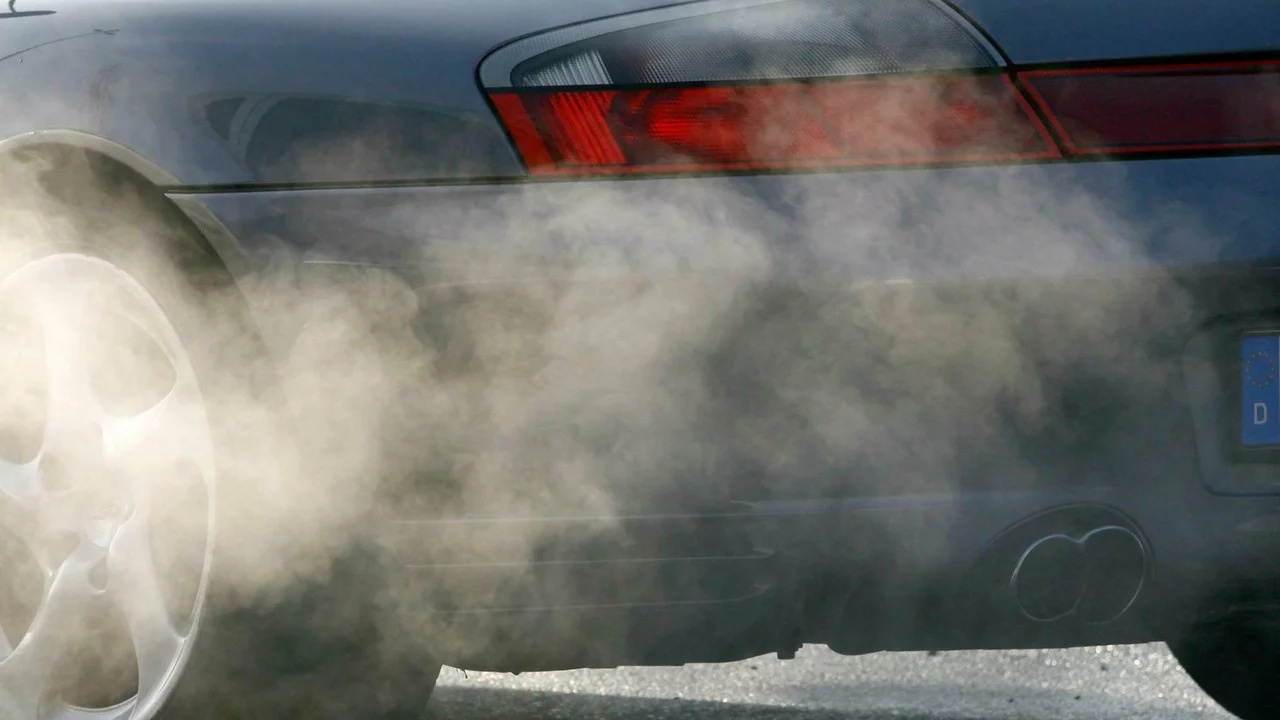What impact on climate do motorsports have?
Jul, 12 2023In exploring the connection between motorsports and climate change, it's clear that these high-octane sports do have a significant environmental impact. From the CO2 emissions produced by the racing vehicles to the energy consumed in maintaining racetracks and facilities, the carbon footprint is substantial. Additionally, the transportation of teams, equipment, and fans to events worldwide adds to this issue. However, it's worth noting that the industry is taking steps to reduce its impact, such as introducing electric racing series. Still, much more needs to be done to make this thrilling sport more planet-friendly.
